Eswatini/Swaziland 
A tiny country with a big heart and warm, friendly people aptly describes Eswatini (Swaziland) – a country that is one of the few remaining monarchies in Africa and embraces and upholds its own unique and ancient traditions“ (thekingdomofeswatini.com). The cultural heritage that is maintained by the people and the monarchy of Eswatini is probably unmatched across the African continent.
Eswatini, formerly known as Swaziland, is a landlocked country in Southern Africa, bordered to the North, South and West by South Africa and Mozambique on the East. The nation and its people are named after the 19th century King Mswati II. Eswatini is a small country covering an area of 17.4 km and about 2.1 million inhabitants. This makes it the second smallest country on the African mainland after The Gambia and second least populous country on the African mainland after Djibouti. The official languages are Siswati and English. Most people speak or understand English even in the rural parts of the country. The country has four regions: Hhohho, Manzini, Lubombo and Shiselweni.
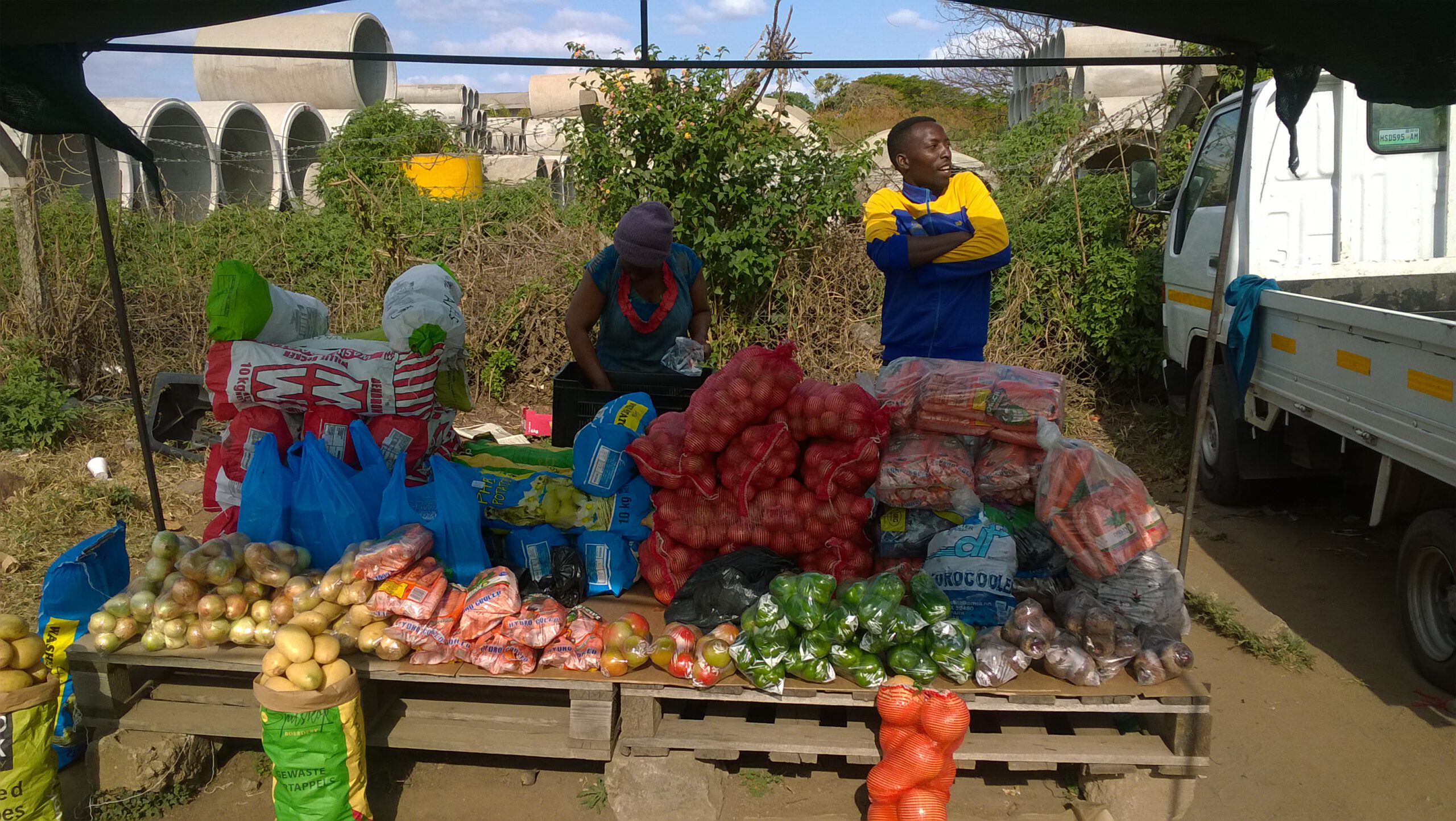
History and society
The Swazi nation originally came from Mozambique. Their Nguni ancestors moved there before the 16th century as part of the Bantu migration. The Swazi fled from their original home to the Pongola River valley in KwaZulu Natal in the 19th century as a result of internal pressure. Ndwandwe attacks later forced the Swazi(Dlaminis) to transfer to the Ezulwini Valley in current-day Eswatini. Sobhuza was the son of Ngwane III, the first king of the Swazi. Sobhuza became the most powerful ruler in the region. The next Swazi king to take the throne was Mswati.
During the 1800s European settlers, traders, missionaries and hunters moved into the area with the intention of making it their home. In 1877 the British annexed the kingdom. In 1894 Swaziland became a protectorate of the Transvaal Colony, which was under British control following the 2nd Anglo-Boer War. This arrangement continued until 1906, when the kingdom became a High Commission Territory under the rulership of a British Commissioner. For the next 66 years Swaziland remained under British control. Many Swazi men left their homes to raise money as mineworkers to buy parts of their land back. On 6 September 1968 Swaziland was granted complete independence. It was still a member of the Commonwealth of Nations and the king, Sobhuza II, became the Head of State.
Since the Swaziland constitution was a product of its previous British rulers, King Sobhuza II suspended it in 1973 as he felt that it did not reflect the culture of the Swazi people. A new constitution was drawn up that made the king the absolute ruler of the kingdom. Sobhuza stayed in power until 1982 when Prince Makhosetive Dlamini was selected as his successor. He was crowned as King Mswati III in 1986 and has been ruling the kingdom with a small group of advisors called the Council of Ministers. In April 2018, Mswati III, the current ruler of Eswatini and last absolute monarch in Africa, announced that the Kingdom of Swaziland had been renamed as the Kingdom of Eswatini. This marked the 50th anniversary of Swazi independence and is a reflection of the extant Swazi name for the state eSwatini.
About a quarter of Eswatini’s people require food assistance. Eswatini is the world’s leading country for HIV/AIDS with 27% of its population infected. Due to this, there are an estimated 100,000 orphans in the country (10% of its overall population) and this is likely to increase given the levels of infections. Multiple efforts have been taken by the government and non-governmental organizations to improve the situation. Progress is being recorded by Eswatini being the first African country to reach the 95-95-95 testing and treatment targets for 2030 of the Joint United Nations Program on HIV/AIDS (UNSAID): 95% of people who are living with HIV will know their HIV status.; 95% of people diagnosed with HIV will continuously and systematically receive antiretroviral therapy.; 95% of people receiving antiretroviral therapy will have suppressed viral loads.
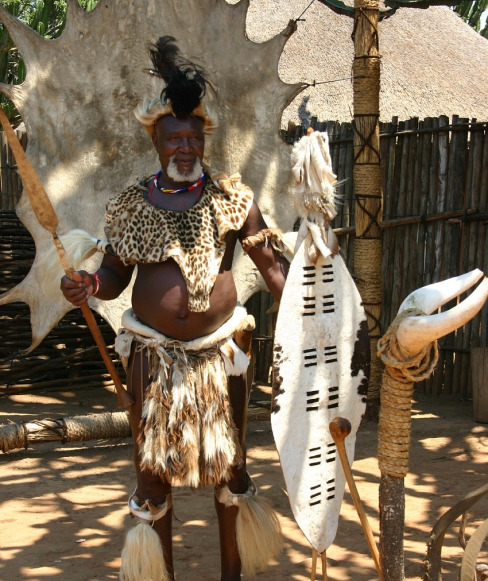
Eswatini life and culture
The majority of Swazi (79%) live in rural communities with many villages comprising of a dozen or so traditional huts. Eswatini’s culture is built around the traditional homestead with the kagogo (granny’s hut) being the focus of life and the sibaya (cattle byre) also playing an integral role. Next to the kagogo is the edladeni (main kitchen). One of the reasons the homestead has such a fundamental role in Eswatini culture is the belief that the spirits of the family’s ancestors reside within the homestead. Swazi people’s traditional lifestyle is guided by the ancestors. There are two main cultural events in Eswatini: the Incwala in December and the Umhlanga in late August / early September. The Incwala is the more important of the two and most Swazi will converge at the Royal Kraal at Ludzidzini where they are joined by the king for weeks of dancing to celebrate the ‘first fruits’. The Umhlanga is the second most important cultural ceremony where uncommitted girls pay homage to the king and queen mother. Other customs include the traditional and vigorous sibhaca dance.
Find more interesting details about Eswatini’s culture, history, society and nature at the following references:
https://www.thekingdomofeswatini.com/eswatini-experiences/
https://www.everyculture.com/Sa-Th/Swaziland.html
https://www.worldatlas.com/articles/the-culture-of-eswatini.html
https://www.thekingdomofeswatini.com/eswatini-experiences/culture/
Good to know
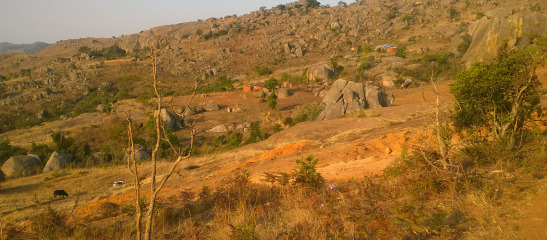
Climate
The dry season (Winter) lasts from mid-April to mid-October, with an average temperature of 20°C (the days being sunny and the nights chilly). The rainy season begins at the end of October, lasting until March. Variations in temperature are also dependent on the altitude of the different regions.
Dress
In the rural areas and traditional settings, skirts or dresses (not too short) are common for females and long trousers are common for males. Men must not wear a hat or cap in meetings or when entering a homestead. You take it off briefly when greeting elders. In the uplands, especially in the winter (April-September), it can be cold in the evening and sweaters may be needed. It can be very cold in the morning or at night.
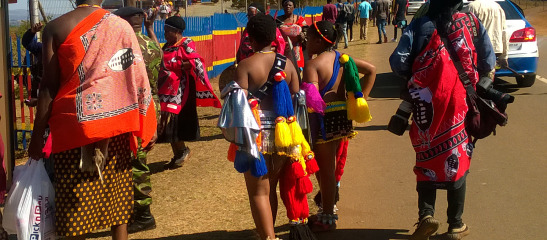
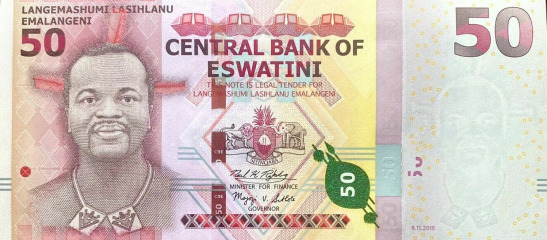
Currency
The unit of currency in Eswatini is the Lilangeni – plural Emalangeni (E) – which is fixed to the South African Rand (1 Rand = 1 Lilangeni). South African Rands are accepted everywhere and there’s no need to change them. Emalangeni are difficult to exchange for other currencies outside Eswatini, so you should reconvert before you leave.
Food and drink
There is a variety of food in Eswatini, including traditional menus that are mostly based on stew with pap (a traditional porridge made from ground maize), legumes and vegetables. Animals are generally slaughtered for special occasions and are considered a high-status food. Other popular foods include pumpkin, beans and rice. Sweet potatoes are widely cultivated and sorghum is farmed in some areas. Fruits include mango, guava, paw-paw, banana and avocado. The best time for most fruits is the late rainy season, from December to March.
Restaurants are mainly found in towns such as Mbabane and in the Ezulwini Valley. Portuguese cuisine (an influence from nearby Mozambique) including seafood, and especially prawns, can be found in areas like Big Bend and Siteki.
During the January-March marula season there is also a special treat for visitors who like Baileys! The marula fruit is used to make a creamy, fruity liquor. Every homestead has its own special recipe. Water in Eswatini’s main towns and main hotels and restaurants is safe to consume. If travelling in rural areas, bottled or boiled water is recommended.
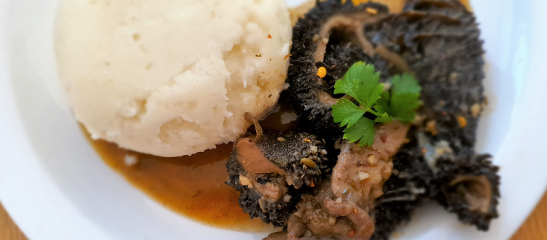
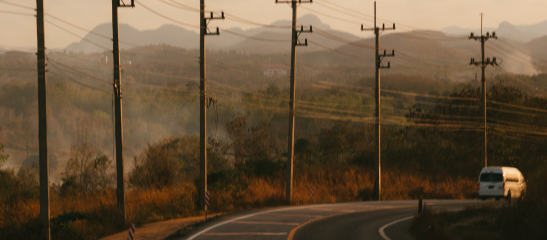
Electricity
220 / 240 volt AC
Language Guide
A few key Swazi phrases.
Hello………………………………..Sawubona
Thank you………………………..Ngiyabonga Goodbye………………………….Hamba kahle (go well) Goodbye………………………….Sala kahle (stay well)
How are you?…………………..Kunjani?
I am well………………………….Ngikhona
Yes…………………………………..Yebo
No……………………………………Cha
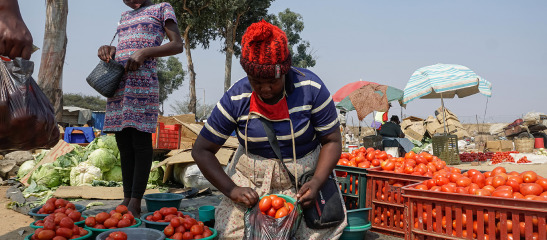
Meet the Guides

Nomsa Mabila
Nomsa Mabila has a long history of working in tourism in Eswatini. She was instrumental in setting up both the Shewula and Mhlumeni camp projects. She has guided and hosted different groups and has led their involvement in community projects. She has also been guiding groups on behalf of the Italian travel agent Planet Viaggi and has been coordinating and hosting school groups from the UK for the past 19 years.
Seth Maphalala
Seth Maphalala is an environmentalist and works for Indalo Eswatini. He has also been engaged in the development of the Shewula and Mhlumeni Camps. He will be assisting with guiding the group but also support the team in the field as he is an environmental educator


Sibusiso Mazibuko
Sibusiso Mazibuko who will be responsible for all logistics has experience working in South Africa with students as he was a boarding master in a hostel. He has worked in the courts in Eswatini before moving to South Africa. He is now the Director of Sbucon Investments based in Siteki.

